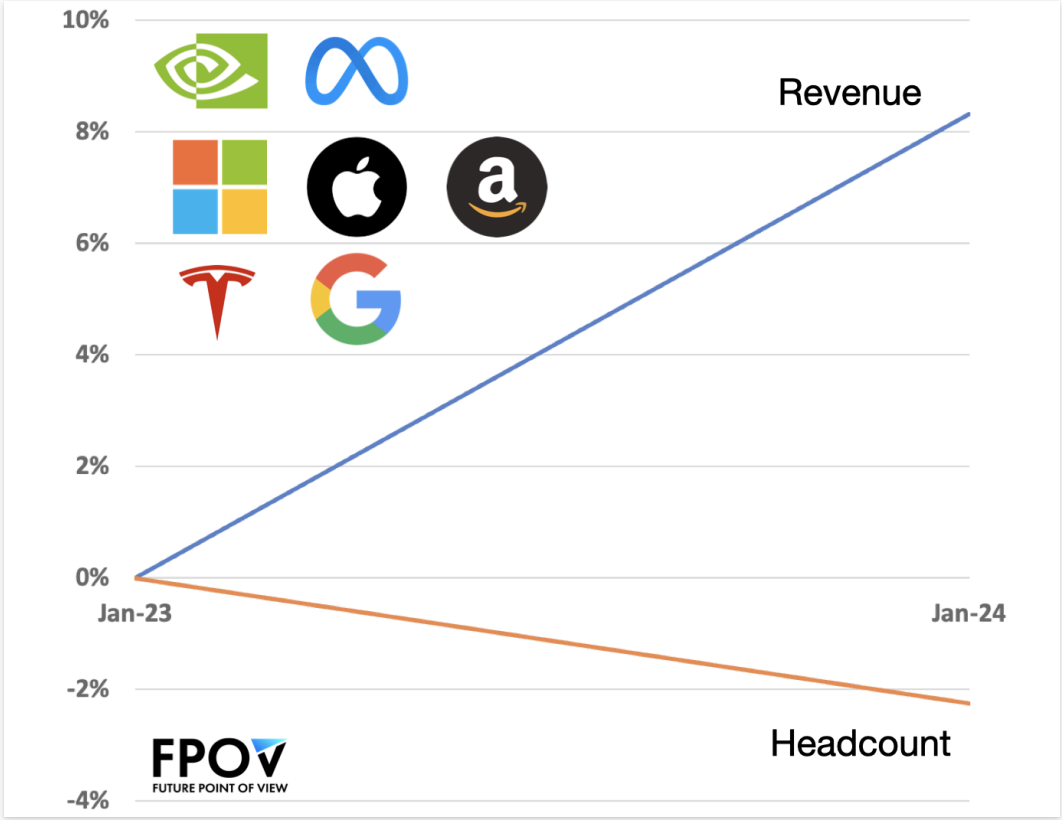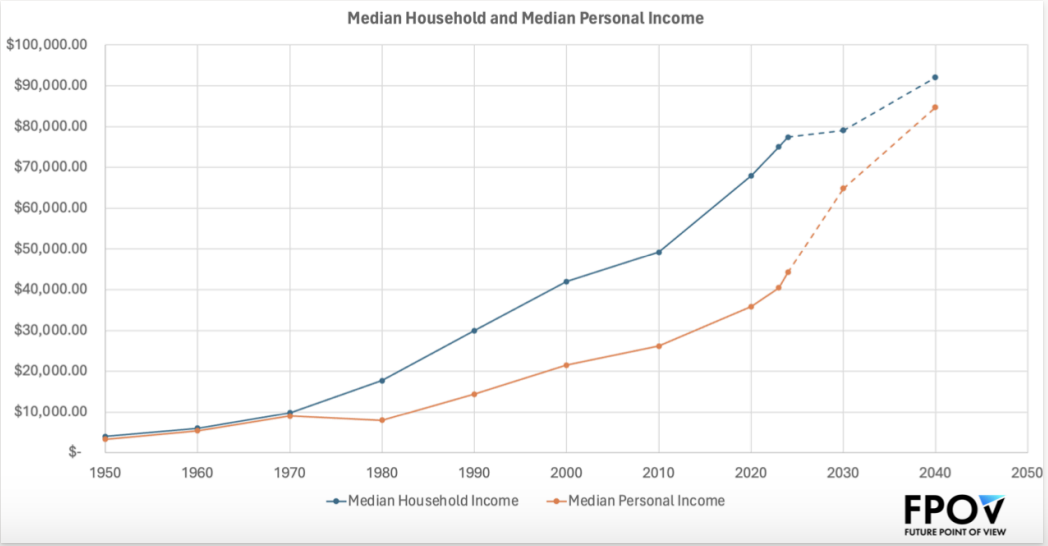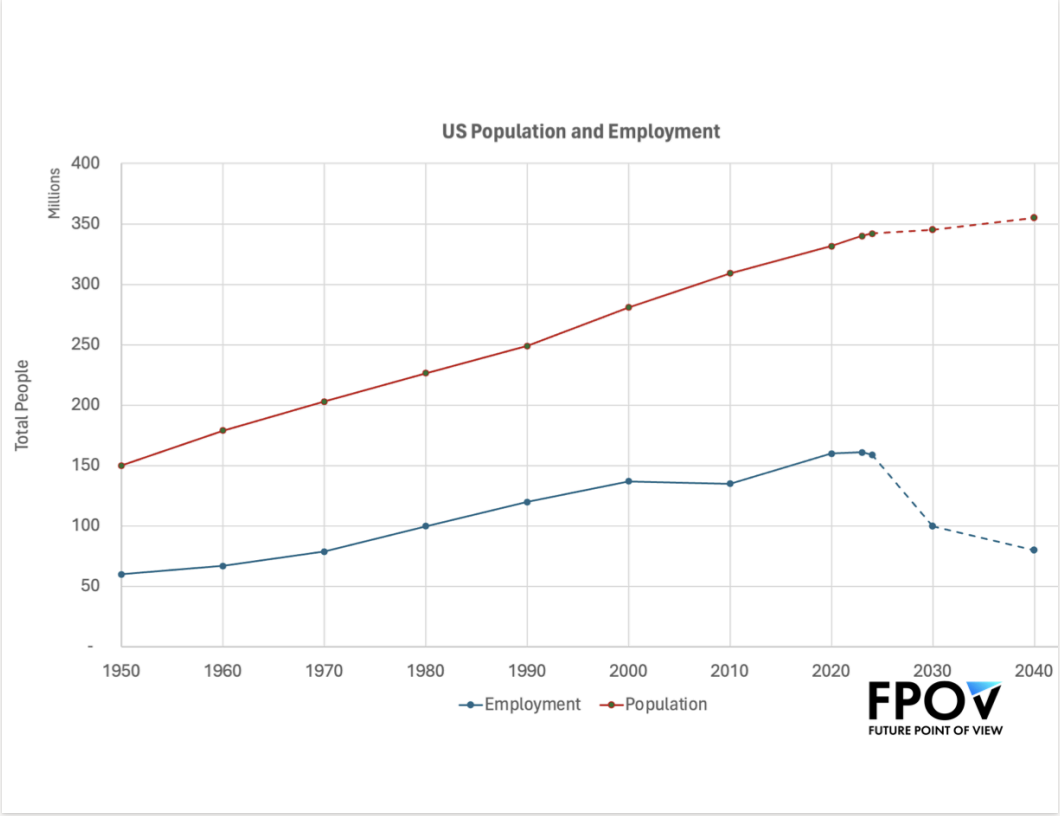As we navigate the transformative impact of AI and automation on the workforce, it’s crucial to understand how these technologies will shape the future of work and how individuals can adapt. This blog delves into the anticipated changes, the evolving nature of jobs, and the strategies for ensuring workforce adaptability in this new digital era.
The Future of the Workforce
AI and automation are set to revolutionize the workforce by automating routine tasks and introducing new efficiencies. According to McKinsey & Company, by 2030, up to 30% of hours worked today could be automated, significantly altering job roles across various sectors. While some jobs will be displaced, the introduction of AI will also create new opportunities. For instance, demand for roles in healthcare, STEM fields, and professional services is expected to grow as these sectors integrate more advanced technologies.
Automation will particularly impact jobs that involve repetitive tasks and data processing. Fields such as data analysis, insurance underwriting, and warehouse operations are likely to see significant changes as AI takes over these functions. However, new jobs will emerge, especially in areas requiring human creativity, critical thinking, and complex decision-making. Historical patterns show that technological advancements, while disruptive, ultimately lead to economic growth and job creation.
The future workforce will be characterized by a hybrid model where humans and machines work collaboratively. Jobs will not necessarily disappear but will evolve. Tasks requiring creativity, critical thinking, and complex problem-solving will become more prominent, while repetitive and routine tasks will be automated. This shift will necessitate a higher degree of digital literacy and advanced technological skills, alongside traditional cognitive and social-emotional skills.
Signup for our Newsletter
As AI continues to develop, it will enhance the capabilities of workers rather than replace them entirely. For example, in healthcare, AI algorithms can assist doctors by accurately reading diagnostic scans, allowing them to focus on more nuanced aspects of patient care. Similarly, in manufacturing, AI can streamline production processes, enabling workers to manage and troubleshoot automated systems rather than performing manual tasks.
Adaptability will be the cornerstone of thriving in the future workforce. Employees will need to embrace lifelong learning and continuously update their skills to remain relevant. Organizations can support this by fostering a culture of continuous improvement and providing access to training in emerging technologies. For instance, IBM emphasizes the importance of redesigning work processes and investing in talent development to prepare for AI-driven changes.
Employees should seek to upskill and reskill to meet the demands of an evolving job market. This includes gaining proficiency in digital tools, developing a deep understanding of AI and its applications, and enhancing soft skills such as communication and teamwork. Online courses, professional certifications, and hands-on experience with AI tools can help workers stay ahead of the curve.
The skills required for future jobs will extend beyond technical know-how. While advanced IT skills and basic digital skills are essential, there will be a growing need for higher cognitive skills such as problem-solving and data interpretation. Additionally, social and emotional skills like empathy, communication, and leadership will be critical as human interactions become more focused on managing and leveraging AI technologies.
Organizations must invest in training programs that address these diverse skill sets. Programs that combine technical training with development in critical thinking, creativity, and emotional intelligence will be vital. Employers should also encourage a mindset of agility and adaptability, enabling employees to pivot as new technologies and methodologies emerge.
Organizations must retool their structures to harness the full potential of AI and automation. This includes shifting towards more agile and cross-functional teams, redesigning business processes, and emphasizing a growth mindset throughout the company. By doing so, businesses can create environments where both technology and human talent are optimized for productivity and innovation.
To effectively integrate AI, companies should re-evaluate their workflows and operational models. This might involve adopting process mining techniques to identify inefficiencies and redesigning tasks to better suit AI applications. Moreover, fostering an organizational culture that values continuous learning and innovation will be crucial. Leaders should model this behavior by actively engaging with new technologies and encouraging their teams to do the same.
Below are visual representations of what is happening in the workforce and households due to the integration of AI.

As you can see these huge companies are lowering their headcount, while their revenue seems to be skyrocketing.

As time goes on, median household income and personal income go opposite directions, but as we look into the future, they become closer to the same number.

Population is increasing as employment is decreasing.
All of these trends are due to the effect of automation and AI on the future workforce.
While personal income is on the rise, household income dynamics are experiencing a shift that echoes the 1950s. Historically, the post-World War II era was characterized by single-income households, which allowed families to enjoy a balanced life with ample time for familial activities. Today, as AI automates many tasks and increases productivity, the necessity for dual-income households is diminishing in some sectors.
AI-driven automation is reducing the need for human labor in routine and repetitive tasks. This reduction allows one member of the household to take on a primary earner role, often supported by high AI-related earnings, while the other focuses on family and household responsibilities. This shift could lead to a resurgence of traditional family structures, enhancing work-life balance.
Additionally, this trend could impact the broader economy and societal norms. More families might find themselves in a position to prioritize quality of life and personal well-being over dual-income pursuits. This could potentially reduce stress levels and increase overall happiness and productivity, as individuals balance work with personal interests and family time.
Furthermore, AI-driven advancements in healthcare, education, and home management are contributing to a higher standard of living. For example, AI-powered personal assistants can manage household schedules, track health metrics, and even assist in educational activities for children, thereby reducing the stress and workload on families.
The integration of AI and automation into the workforce presents both challenges and opportunities. By focusing on adaptability, continuous learning, and strategic organizational changes, we can navigate this transition successfully. Embracing these technologies as tools rather than threats will enable us to build a resilient, future-ready workforce.

About the Author
Chandler’s interest in marketing, sales, and technology drives her valuable contributions to Future Point of View’s marketing and business development initiatives. Chandler is currently enrolled at Oklahoma State University and serves as FPOV’s Marketing Intern. Connect with Chandler on LinkedIn.

